Student researchers recognized by JBC editors
A research paper co-authored by 23 high school and undergraduate students participating in Vanderbilt University Medical Center’s Aspirnaut summer research program has been selected as one of the “Editor’s Picks” by the Journal of Biological Chemistry.
Aspirnaut is a STEM pipeline program “for diversity and wellness” that offers intellectually challenging experiences and opportunities in science, technology, engineering and mathematics to talented youth from rural and diverse backgrounds.
For more than a decade, successive groups of “Aspirnauts” participating in the summer research program at VUMC have investigated the organization and evolution of the collagen IV scaffold, the fundamental architectural unit of the basement membrane that connects cells and strengthens tissues.
Giving rural students second chances

Learn about the founders of the Aspirnaut program — Billy and Julie Hudson — in this ASBMB Today feature story from 2011.
Understanding how this protein scaffold bridges the transition from unicellular to multicellular animal life sheds light on diseases as diverse as kidney failure and cancer, said Aspirnaut co-founder Billy Hudson, who is known for his contributions to the field of matrix biology.
Among the lab techniques the students learned was polyacrylamide gel electrophoresis, which is used to separate proteins. Sergey Budko, an assistant professor of medicine and first author of the paper, modified the technique by adding an amount of salt sufficient to keep collagen IV intact during separation.
The modified technique, he said, enabled the students to analyze multiple tissues from 34 different animals and to discover the “primordial role” that chloride ions, through the pressure they exert on cells, play in driving collagen IV assembly and stability.
The JBC editors, in their special recognition of the paper, noted that this work provides “an exceptional contribution to the field.”
“The fundamental discovery of Aspirnauts profiled in this paper underscores the power of what a team of talented high school and undergraduate students can accomplish with excellent mentorship and a well-planned scientific expedition,” said Julie Hudson, Aspirnaut co-founder and executive director.
Since the summer research program was launched in 2009, more than 300 students from 34 states have participated. To date, nearly 90 have gone to earn M.D. degrees, Ph.D.s, or both.
Their research findings have been published in prestigious journals, including Nature Chemical Biology, the Proceedings of the National Academy of Sciences, eLife and now JBC.
This article was first published by the Vanderbilt University Medical Center. Read the original.

Enjoy reading ASBMB Today?
Become a member to receive the print edition four times a year and the digital edition monthly.
Learn moreGet the latest from ASBMB Today
Enter your email address, and we’ll send you a weekly email with recent articles, interviews and more.
Latest in Education
Education highlights or most popular articles
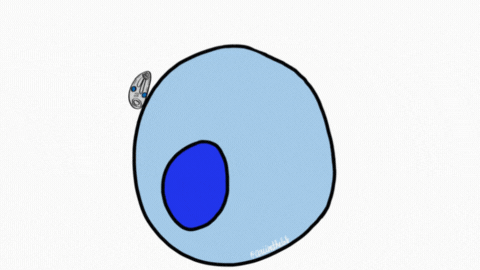
Sketching, scribbling and scicomm
Graduate student Ari Paiz describes how her love of science and art blend to make her an effective science communicator.

Using DNA barcodes to capture local biodiversity
Undergraduate at the University of California, Santa Barbara, leads citizen science initiative to engage the public in DNA barcoding to catalog local biodiversity, fostering community involvement in science.
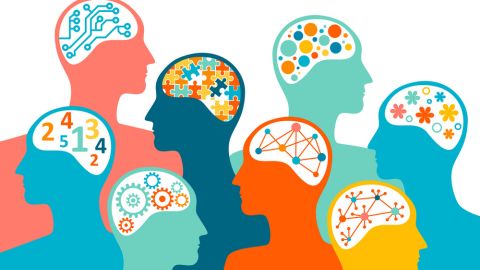
Embrace your neurodivergence and flourish in college
This guide offers practical advice on setting yourself up for success — learn how to leverage campus resources, work with professors and embrace your strengths.
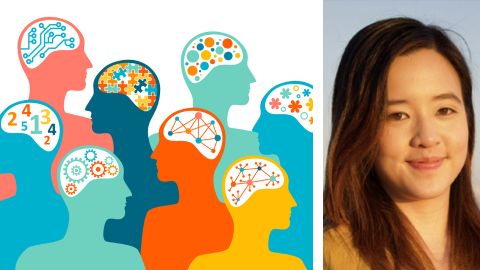
Survival tools for a neurodivergent brain in academia
Working in academia is hard, and being neurodivergent makes it harder. Here are a few tools that may help, from a Ph.D. student with ADHD.
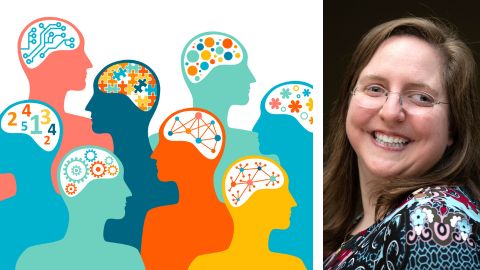
Quieting the static: Building inclusive STEM classrooms
Christin Monroe, an assistant professor of chemistry at Landmark College, offers practical tips to help educators make their classrooms more accessible to neurodivergent scientists.
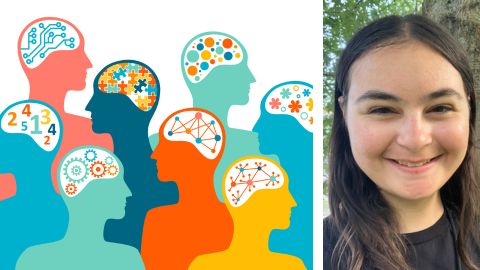
Hidden strengths of an autistic scientist
Navigating the world of scientific research as an autistic scientist comes with unique challenges —microaggressions, communication hurdles and the constant pressure to conform to social norms, postbaccalaureate student Taylor Stolberg writes.

